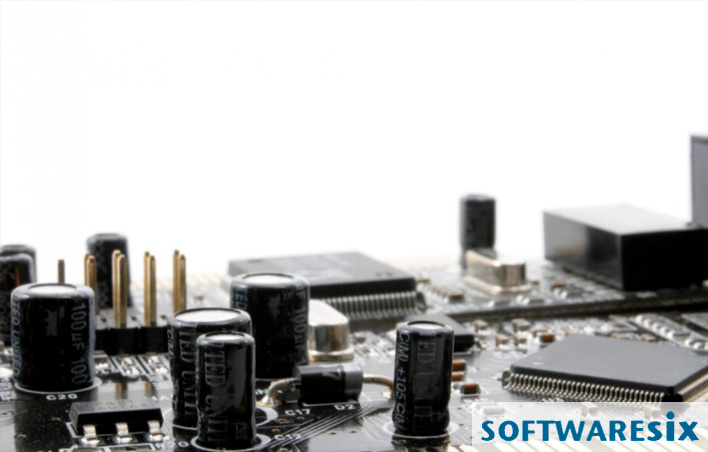Anyone who knows anything about technology knows that it’s constantly changing. One of the biggest ways technology is evolving nowadays is through blockchains and cryptocurrencies.
But wait! What are blockchains, exactly? And cryptocurrencies? Lastly, how do these concepts interact with one another?
Let’s find out.
What is a blockchain?
A “blockchain,” in its basic form, is a continually growing collection of data blocks. Each block of a blockchain contains collections of transactions, or a distribution ledger. All of the data and information within the blocks is verified and bundled together.
After being bundled, the blocks are validated and formed into a chain containing both the transactions and information found in previously developed blocks. These blocks then form a permanent record.
In even simpler terms, blockchain is the encryption technology behind Bitcoin, the most well-known cryptocurrency.
What is cryptocurrency?
A “cryptocurrency” is an online form of money that doesn’t receive backing from any government, but rather it relies on a decentralized payment network. Some popular examples of cryptocurrency include Bitcoin (the most popular), Ether, and Monero. These are just the more common cryptocurrencies — there are hundreds.
What confuses many people is that the term cryptocurrency is a misnomer in that practically none of the so-called currencies actually act like money.
To use a cryptocurrency, rather than doing business with a foreign exchange, the value(s) of digital assets are linked to a given blockchain protocol.
Simple enough, right?
Wait for it…
How do blockchains and cryptocurrencies work together?
What it all boils down to is that a blockchain is the way users interact with the tokens that make up cryptocurrencies. Blockchains and cryptocurrencies are inseparable from one another.
For example, let’s say you want to create smart contracts within one of the public blockchain protocols. Everything goes well and the blockchain you’re using becomes popular. This is both a good situation and could be a bad situation—it’s good because the tokens circulating in more popular networks have a higher value, but it’s bad because of supply and demand.
Unlike an economy that’s backed by a physical monetary element (i.e. gold standard) that can be mined to create more, only so many tokens of each cryptocurrency can be created over a given timeframe.
Moreover, it takes a powerful computer to mine the digital tokens. The only other way to acquire cryptocurrency tokens is to use another physical currency to purchase them from someone who already owns them. Like any other good, as demand rises, so does price.
For more on what’s new in technology, continue browsing our blog.
